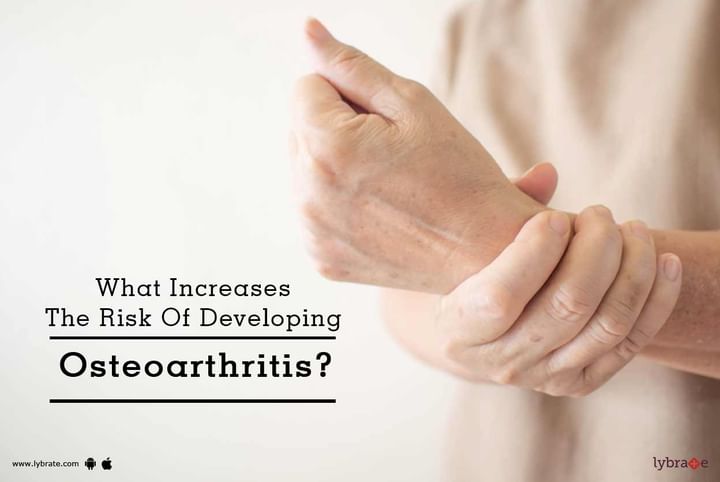What Increases The Risk Of Developing Osteoarthritis?
Osteoarthritis is a condition that causes cartilages in the joints of a human body to wear away. The joints in your body are made of bones and the ends of each bone have cartilages to prevent friction between them. Certain factors like age, nutrition or health threats can cause the cartilages to break down into bits and pieces. As a result, bones come into direct contact with one another causing the joints to swell or to turn tender.
Take a look at the following factors that can cause osteoarthritis
- Stress on specific joints due to certain postures: The triggering cause behind acute joint pain could be the way you sit for long hours in a day. A sportsperson might face joint pains due to his or her occupation. Similarly, any person required to sit or stand for a long stretch of time due to his/her jobs can suffer from osteoarthritis as well.
- There might be a deformity in any of your joints: A person born with joint deformities might suffer from arthritic problems later in life. Severe accidents can lead to deformities too.
- You may have suffered injuries that resulted in the condition: Joint pains needn’t always require an impactful injury. Mild or heavy injuries can lead to arthritis all the same. Defects in the joint cartilage could be passed on through genes.
- Age could also be a contributing factor: If a person is aging, his or her chances of developing osteoarthritis increase manifold. Age can make your bones and cartilages go weak. As you grow older, the capacity of your bones to absorb nutrition also decreases.
Prevalent symptoms that help you identify osteoarthritis
- A grinding sensation in the joints: A person suffering from osteoarthritis will experience continual bouts of grinding pain in the joints. This may keep him or her from walking, sitting, working or even resting. The grinding sensation is indeed disabling.
- You tend to face stiffness in the bones: Patients with this kind of arthritis have been reported with lacking flexibility in their joints. If they are sitting for too long, or have been inactive for some time or might have just woken up from sleep, they are likely to experience stiffness in their bones. Joints even turn sore in such situations.
- Extra bits of bones could create trouble: Extra bits of bones that develop at a later age are also referred to as bone spurs. They stick around the sore area and make movement a real challenge.
Modes of treatment
If osteoarthritis is detected at an early age, it can be fought against using medications. However, when the disease is really discomforting, treatment procedures like acupuncture or regimented exercising can help a patient. Yoga also does wonders to remedy joint pain. Surgical procedures are also available but they should be fallen back upon as a lender of the last resort.



+1.svg)
